
It mostly commonly occurs in younger horses, but cases do occur in older horses as well. Transmission is by contact with infected animals, so isolation of affected horses is vital in preventing the spread of the illness.
The incubation period of the infection is three to six days, after which the animal will start to show a loss of appetite and a high temperature. A watery or purulent nasal discharge may also be seen at this stage. From here, infection spreads to the lymph nodes of the head and neck, causing swelling and sometimes the formation of abscesses. The horse may develop difficulty swallowing. Horses are normally uncomfortable with strangles and likely hold their head low, with their nose stretched forwards.
هذه القصة مأخوذة من طبعة June/July 2020 من HQ magazine.
ابدأ النسخة التجريبية المجانية من Magzter GOLD لمدة 7 أيام للوصول إلى آلاف القصص المتميزة المنسقة وأكثر من 9,000 مجلة وصحيفة.
بالفعل مشترك ? تسجيل الدخول
هذه القصة مأخوذة من طبعة June/July 2020 من HQ magazine.
ابدأ النسخة التجريبية المجانية من Magzter GOLD لمدة 7 أيام للوصول إلى آلاف القصص المتميزة المنسقة وأكثر من 9,000 مجلة وصحيفة.
بالفعل مشترك? تسجيل الدخول

The Science Behind Tapering
The science behind tapering
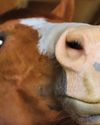
Horse Treats
The ultimate guide
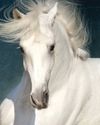
Horsey Hair Care
Tips and tricks for a healthy mane and tail
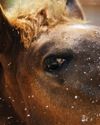
Horsey Hydration- The Importance Of Water In Winter
The importance of water in winter

A Horseback Safari
Abelana Game Reserve

The Psychology Of Riding Performance
Intrinsic motivation, part 7
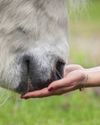
10 Best Life Lessons From Horses
Life lessons from our horses

Breaking New Ground
The evolution of the Callaho Online Auction
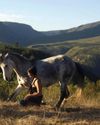
Horse Psychology 101
Part 3: The horse's cognitive abilities
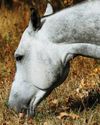
Colic Part 1
An owner’s worst nightmare